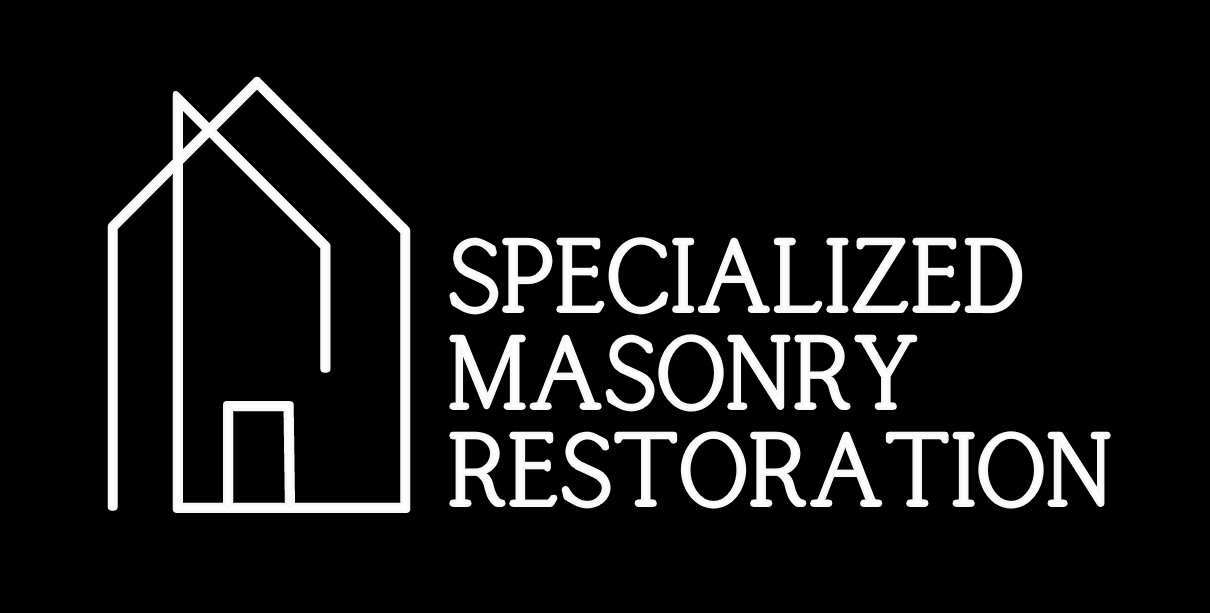
Stop Worrying about Cracks: A Guide to Brick Repair Dallas Texas
What causes cracks in bricks?
Before you start repairing your bricks, you need to understand what causes cracks. It could be various reasons from natural wear and tear to weather conditions. Cracks in the bricks are often caused by expanding and contracting due to temperature changes, moisture, or rapid weather changes. To prevent further damage, have an expert inspect your bricks and determine the cause of the cracks. It will help you avoid facing the same problem in the future.
How to repair the cracks?
There are many ways to repair the cracks in your bricks, but before you start any DIY projects, it’s better to consult an expert. Remember, you don’t want to make things worse. If you know how extensive the damage is, you can find the right approach. Some might need minor repairs, while others will require complete replacing. Depending on the extent of the damage, you might need new bricks or mortar to fill in the gaps. A professional will know how to repair them safely and thoroughly. However, if you do decide to try a DIY project, make sure to have all the necessary tools and materials as well as follow the safety precautions.
How much does brick repair cost in Dallas, Texas?
The cost of brick repair varies depending on the size of the job. A small job could cost you a few hundred dollars, but if the damage is extensive, it could cost into the thousands. It’s best to get an estimate from an expert before making any decisions. Also, it’s important to remember that the cost of repairing the damage is far less than replacing the entire brick wall.
How long does brick repair take?
It’s hard to estimate the time it takes to repair a brick wall as it varies from a few days to a few weeks. It depends on the amount of damage, the complexity of the repair, and the availability of the materials. Keep in mind that the weather can affect the speed of the repair.
How to maintain your brick walls?
Once your brick walls are repaired, it’s important to maintain them to avoid future damages. Regular cleaning and sealing will prevent further cracking. Use a soft-bristled brush to remove dirt and debris, and make sure to wash it gently with a mild detergent. Avoid using pressure washers as they can damage the mortar and cause more cracks.
Conclusion:
In conclusion, if you have cracks in your bricks, don’t worry. There are solutions out there, and they are not that complicated or expensive. All you have to do is find a professional for consultation and repairs. They’ll be able to identify the cause of the cracks, the best way to repair them and help you maintain your brick walls to avoid future damages. Don’t wait any longer. Contact Specialized Masonry Restoration now and give your home the upgrade it needs.




